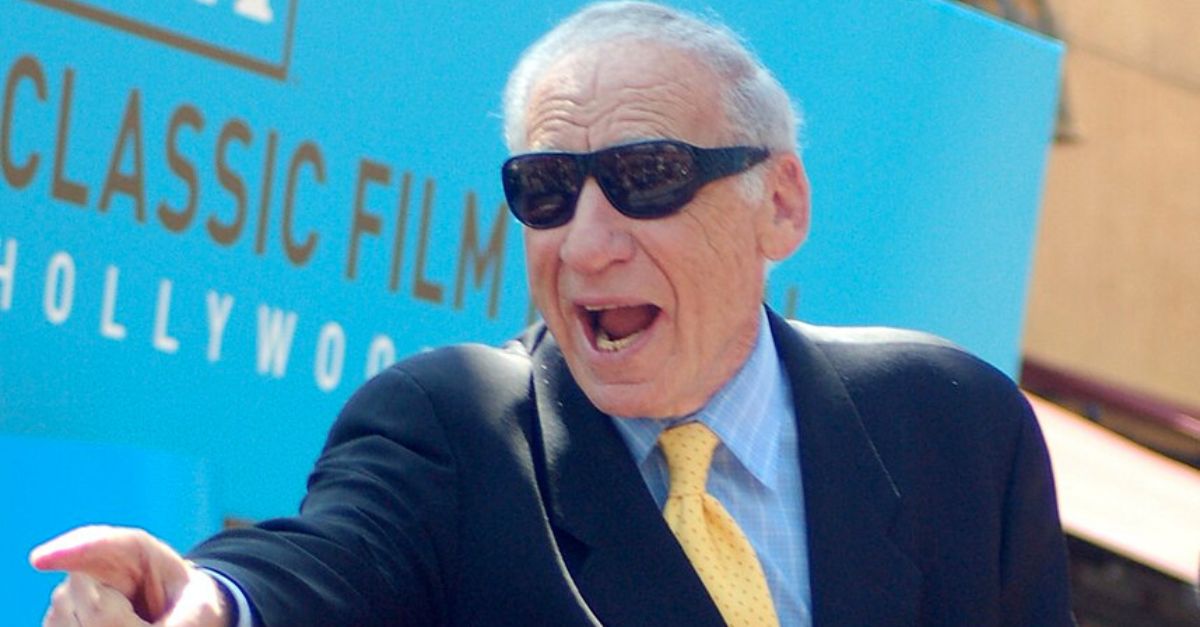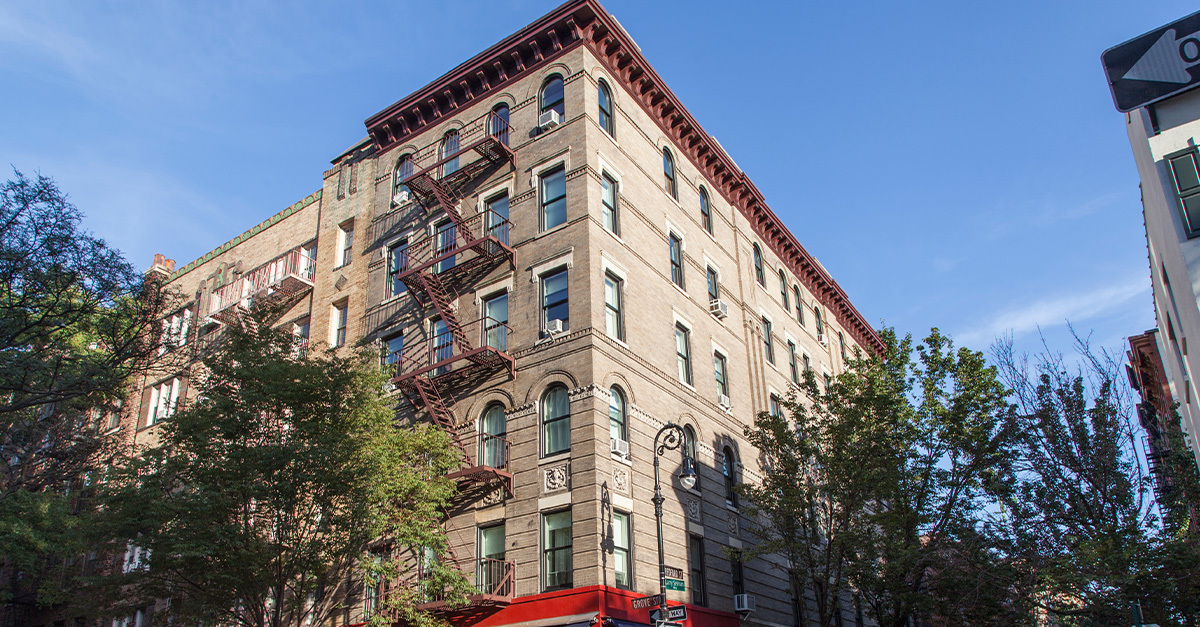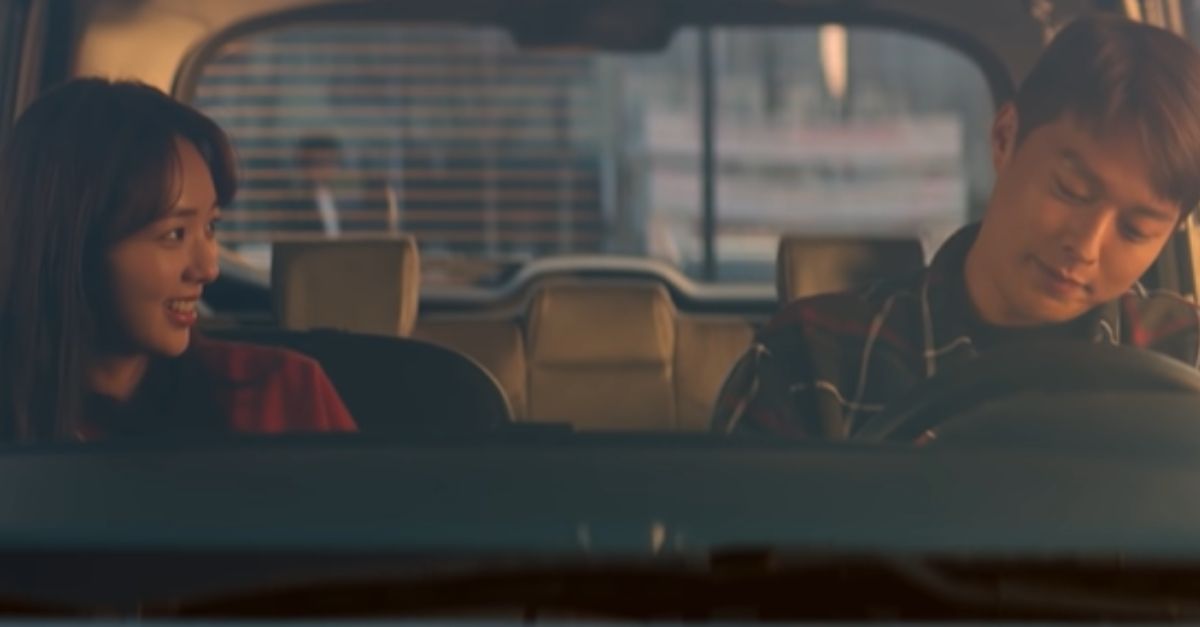Stars Don’t Always Dominate
Some films grab attention for reasons no one expects, especially when a performer on the sidelines suddenly becomes the person audiences can’t stop watching.

The Dark Knight: Heath Ledger Outshines Christian Bale
Chaos hits Gotham the second the Joker shows up, and everything shifts toward Ledger’s wild energy. His Oscar-winning performance stole focus from Bale’s calm Batman. He improvised key moments and completely changed how comic-book villains get played in big movies.
 Warner Bros. Pictures, The Dark Knight (2008)
Warner Bros. Pictures, The Dark Knight (2008)
No Country For Old Men: Javier Bardem Overshadows Tommy Lee Jones
Even before awards talk kicked in, Bardem’s Anton Chigurh was already stuck in everyone’s head. His Oscar win came as the character turned into a full-on cultural symbol—terrifying haircut included. The captive bolt gun became iconic, too.
 Miramax Films, No Country for Old Men (2007)
Miramax Films, No Country for Old Men (2007)
Goodfellas: Joe Pesci Outshines Ray Liotta
Anyone expecting Henry Hill to carry the story quickly realized Pesci was the one grabbing the spotlight. And his Oscar win locked that in. The famous “Funny how?” moment came from a real experience he had, and several lines were improvised.
 Warner Bros. Pictures, Goodfellas (1990)
Warner Bros. Pictures, Goodfellas (1990)
Fargo: Frances McDormand Upstages William H. Macy
Marge Gunderson doesn’t enter with flash—just warmth—but that’s exactly what made McDormand’s work unforgettable. Her Oscar-winning turn became the movie’s lasting image. She wore a prosthetic belly, practiced the accent extensively, and even had morning-sickness moments that made the role feel incredibly real.
 Gramercy Pictures, Fargo (1996)
Gramercy Pictures, Fargo (1996)
Training Day: Denzel Washington Overshadows Ethan Hawke
Watch how Washington handles Alonzo, and you see a performer working at full voltage. Critics noticed the volatility he brought, praising the menace layered into every exchange. The Academy recognized it with an Oscar, and his improvised lines pushed the character into deeper shadows.
 Warner Bros. Pictures, Training Day (2001)
Warner Bros. Pictures, Training Day (2001)
My Cousin Vinny: Marisa Tomei Outshines Joe Pesci
No one expected the courtroom spotlight to land on Mona Lisa Vito, yet her sharp cross-examination scene changed that instantly. Tomei’s surprise Oscar win sparked so much disbelief that the Academy confirmed it publicly. She perfected the accent and even studied real mechanics to make her testimony convincing.
 20th Century Fox, My Cousin Vinny (1992)
20th Century Fox, My Cousin Vinny (1992)
The Silence Of The Lambs: Anthony Hopkins Overshadows Jodie Foster
Hopkins is on screen for only 16 minutes, but those moments became the film’s spine. His performance overshadowed even Foster’s well-earned praise. By basing Lecter’s cold stare on reptiles and improvising the eerie sound after the “fava beans” line, he helped cement one of cinema’s most enduring villains.
 Orion Pictures, The Silence of the Lambs (1991)
Orion Pictures, The Silence of the Lambs (1991)
The Fugitive: Tommy Lee Jones Outshines Harrison Ford
People came for the chase but stayed for Jones’s relentless US Marshal. His Oscar-winning performance shifted the whole movie’s energy and even inspired the sequel to focus on him. “I don’t care” was improvised, and test screenings pushed the studio to expand his role.
 Warner Bros. Pictures, The Fugitive (1993)
Warner Bros. Pictures, The Fugitive (1993)
Silver Linings Playbook: Jennifer Lawrence Upstages Bradley Cooper
The movie’s emotional swings land differently once Lawrence steps in. Critics praised her range, helping her win an Oscar at just 22. Her dance-studio scenes turned into memes, and the director even rewrote lines to match how naturally she delivered them.
 The Weinstein Company, Silver Linings Playbook (2012)
The Weinstein Company, Silver Linings Playbook (2012)
Birdman: Emma Stone Overshadows Michael Keaton
Stone’s big monolog hit so hard that it became the movie’s most replayed scene. With the film’s long-take style, she had to rehearse intensely, and her Oscar nomination backed up that impact. Fun fact: her scenes used the fewest edits of anyone.
 Fox Searchlight Pictures, Birdman (2014)
Fox Searchlight Pictures, Birdman (2014)
The Devil Wears Prada: Meryl Streep Upstages Anne Hathaway
Miranda Priestly doesn’t need to raise her voice to take over the entire movie. Streep’s Oscar-nominated performance came from her “quiet intimidation” approach and a cool, Clint Eastwood-inspired tone. She became the film’s cultural center.
 20th Century Fox, The Devil Wears Prada (2006)
20th Century Fox, The Devil Wears Prada (2006)
Moonlight: Mahershala Ali Overshadows The Lead Trio
While Ali shows up early, his scenes carry a weight that sticks with you long after he’s gone. He won an Oscar for limited screen time, shot everything in just a few days, and drew inspiration from real mentors.
The Fighter: Christian Bale Outshines Mark Wahlberg
Every time Bale appears, he pulls the story toward him with a performance shaped by real footage of the boxer he played. His physical transformation and precise mimicry earned him an Oscar. People who knew the real man praised Bale for being spot-on.
 Paramount Pictures, The Fighter (2010)
Paramount Pictures, The Fighter (2010)
Django Unchained: Christoph Waltz Upstages Jamie Foxx
Waltz doesn’t need big theatrics to control a scene because his charm and sharp delivery do the work for him. Critics zeroed in on that nuance, which won him another Oscar. He managed it all while dealing with minimal horse-riding experience and a pelvis injury.
 The Weinstein Company, Django Unchained (2012)
The Weinstein Company, Django Unchained (2012)
American Hustle: Jennifer Lawrence Upstages Christian Bale
The movie’s vibe completely changes whenever Lawrence swings into a scene, especially during that unforgettable “Live and Let Die” moment. She drew standout reviews and even carried a heavy vintage-style hairpiece. The role was added late in the script, yet she instantly took over the ensemble.
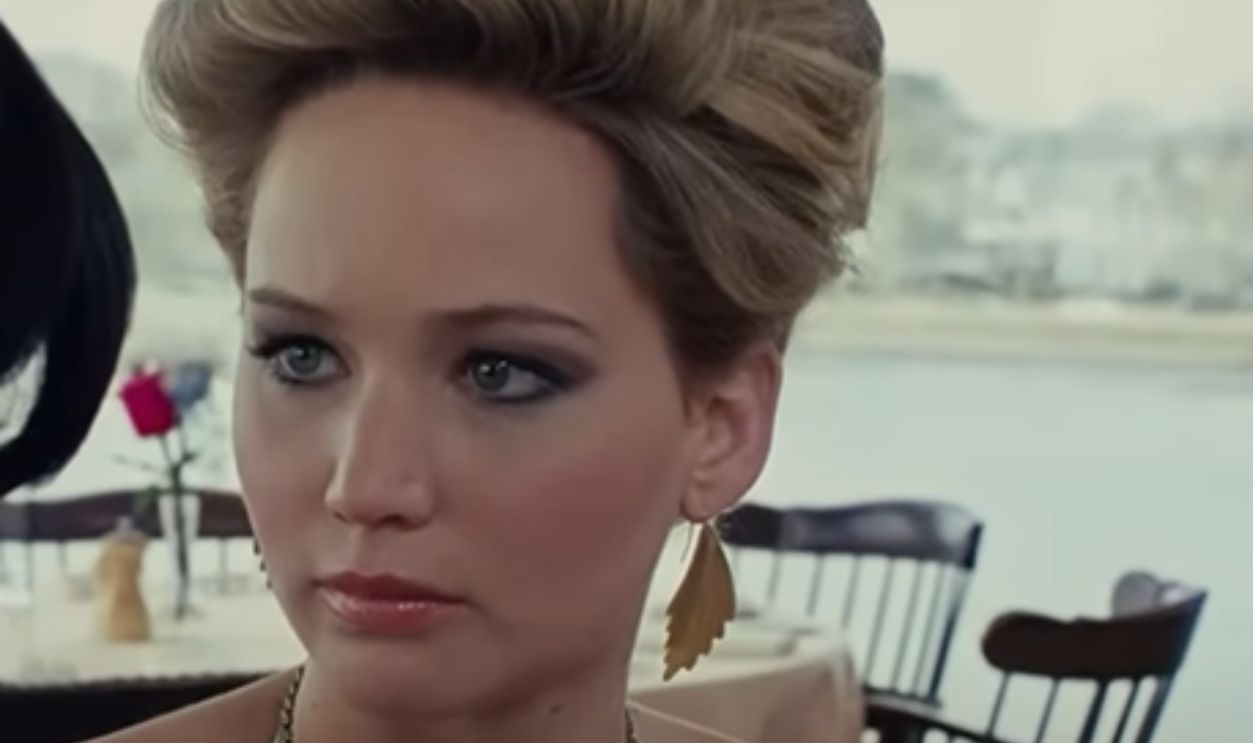 Columbia Pictures, American Hustle (2013)
Columbia Pictures, American Hustle (2013)
The Town: Jeremy Renner Overshadows Ben Affleck
Renner’s tightly wound intensity creates tension the second he steps on-screen. His Oscar-nominated work came from training with real ex-thieves and weeks of accent coaching. He even handled the fight scenes without a double; no wonder he ended up grabbing more attention than Affleck.
 Warner Bros. Pictures, The Town (2010)
Warner Bros. Pictures, The Town (2010)
Heat: Al Pacino Overshadows Robert De Niro
Whenever Pacino steps into a scene, the movie’s rhythm spikes. Reviewers latched onto that explosive energy, helped by a few spur-of-the-moment lines he improvised. His role drew loosely from a real detective, which kept the performance anchored.
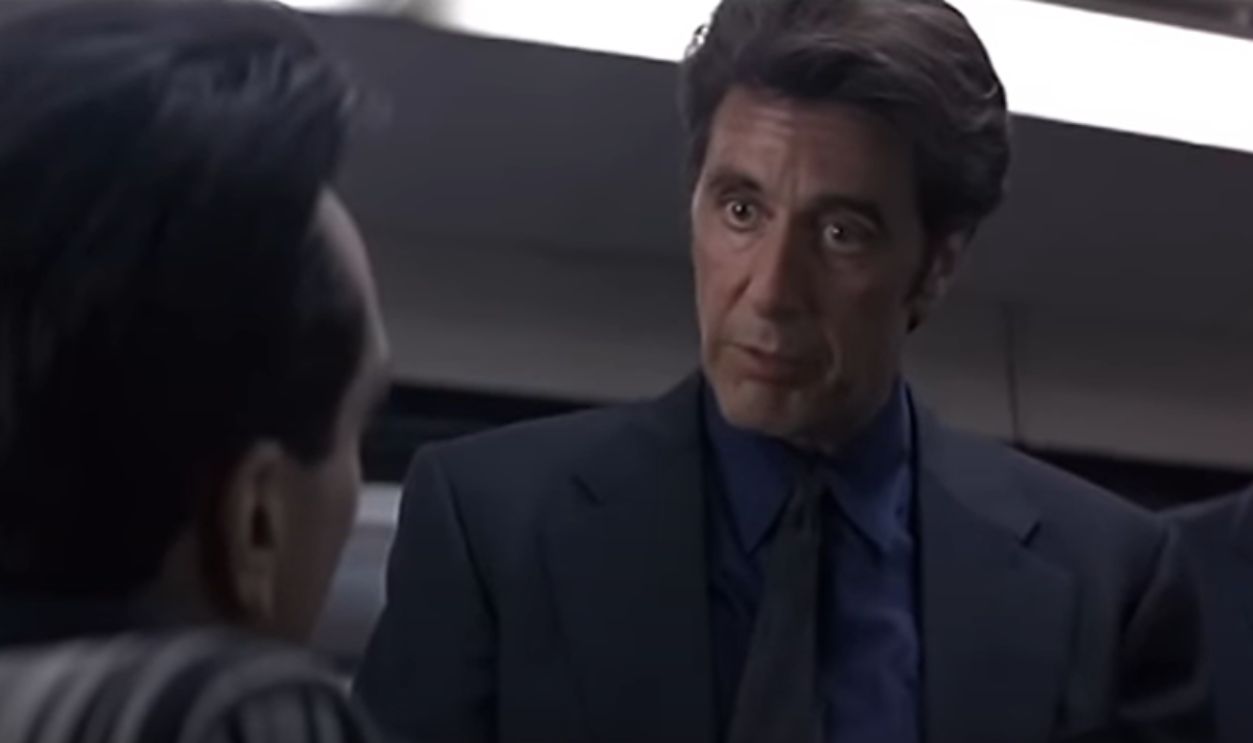 Warner Bros. Pictures, Heat (1995)
Warner Bros. Pictures, Heat (1995)
Les Miserables: Anne Hathaway Overshadows Hugh Jackman
Hathaway appears briefly but delivers a punch felt worldwide. Her Oscar-winning “I Dreamed a Dream” was shot in a single take, right after she cut her hair on camera and pushed through tough physical demands. The entire awards season basically revolved around that performance.
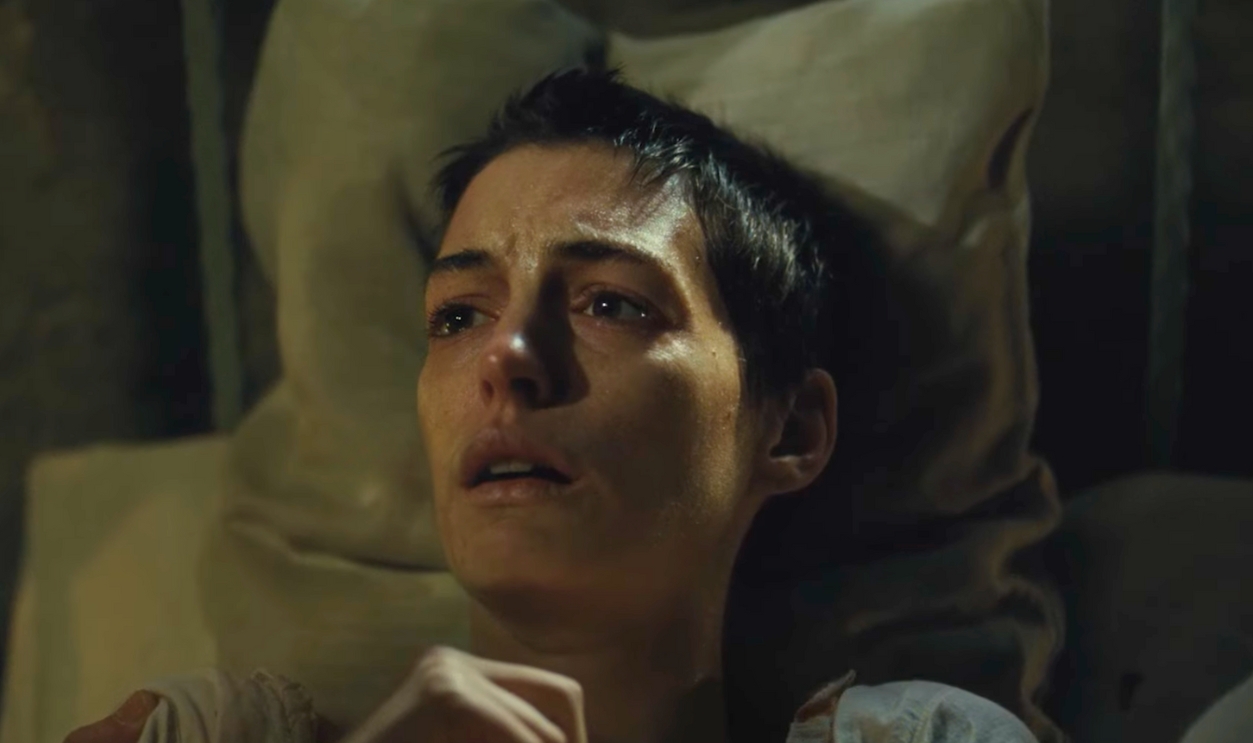 Universal Pictures, Les Miserables (2012)
Universal Pictures, Les Miserables (2012)
Boogie Nights: Burt Reynolds Overshadows Mark Wahlberg
If you’re watching closely, Reynolds is the one who provides balance to ground the movie with a quiet authority that never feels forced. The industry responded with major nominations that reignited his career. Did you know he nearly walked away from the role five times?
 New Line Cinema, Boogie Nights (1997)
New Line Cinema, Boogie Nights (1997)
Lion: Dev Patel Overshadows Sunny Pawar
Things apparently got better once Patel steps into the second half of the story. He mastered an Australian accent and spent months bulking up for the role. Patel later said the experience changed his life, and his performance overshadowed Pawar’s quieter early stretch.
 The Weinstein Company, Lion (2016)
The Weinstein Company, Lion (2016)
Gone Girl: Rosamund Pike Overshadows Ben Affleck
Her Oscar-nominated performance came from months of accent training and writing detailed backstories for every diary entry. Filming in chronological blocks helped deepen her transformation, giving her scenes more pull than Affleck’s steady presence.
 20th Century Fox, Gone Girl (2014)
20th Century Fox, Gone Girl (2014)
Manchester By The Sea: Michelle Williams Overshadows Casey Affleck
Although Williams appears in only a few scenes, one emotional exchange made her the film’s standout. She trained with grief counselors, worked on demanding vocal details, and even improvised small pauses to make the moment feel real.
 Amazon Studios, Manchester by the Sea (2016)
Amazon Studios, Manchester by the Sea (2016)
A Few Good Men: Jack Nicholson Overshadows Tom Cruise
The movie hits peak intensity when Nicholson delivers that famous courtroom explosion. Critics couldn’t stop talking about his performance. He filmed the scene for hours from multiple angles, memorizing huge chunks of dialogue overnight. The cast even applauded after takes, while Cruise’s role faded beside him.
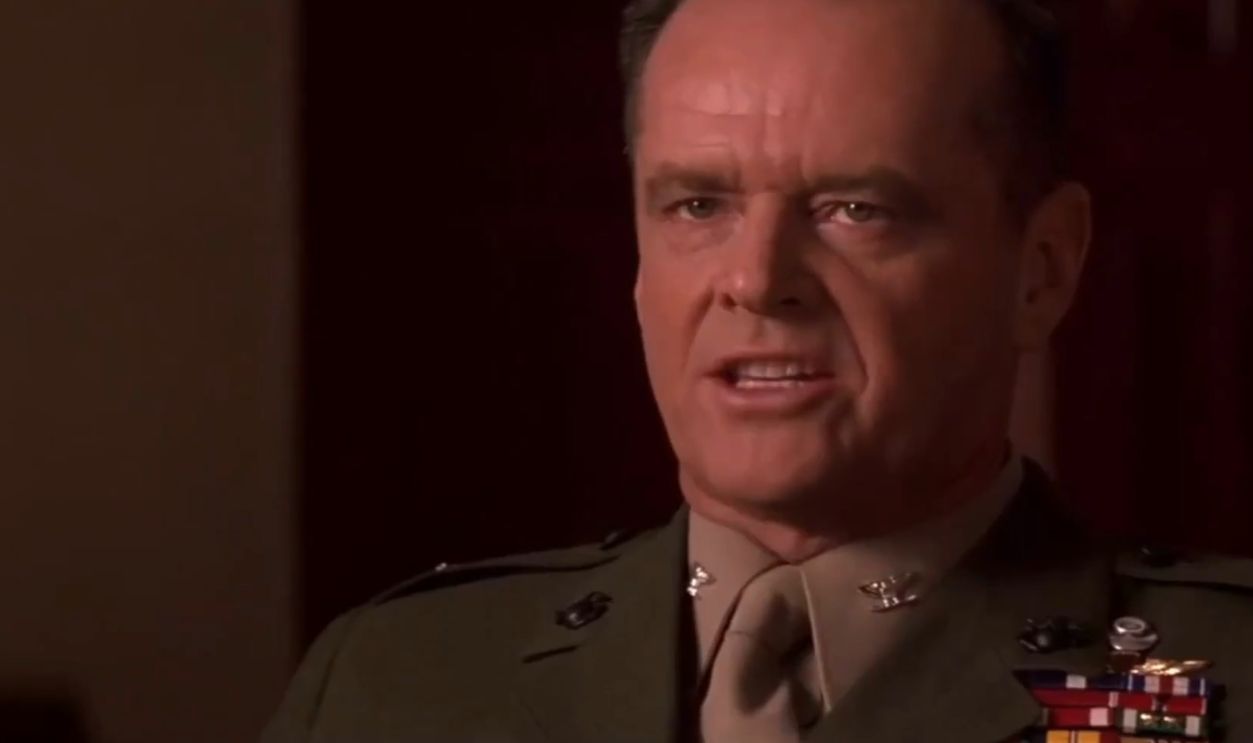 Columbia Pictures, A Few Good Men (1992)
Columbia Pictures, A Few Good Men (1992)
The Lord Of The Rings: Ian McKellen Overshadows Elijah Wood
Gandalf’s blend of humor, wisdom, and power keeps pulling the spotlight toward McKellen throughout the trilogy. He trained with sword experts and handled early-motion-control tech that sometimes left him in tears. Fans later embraced Gandalf as the most quoted character, even admitting he overshadowed Frodo’s softer journey.
 New Line Cinema, The Lord of the Rings (2001–2003)
New Line Cinema, The Lord of the Rings (2001–2003)
Inglourious Basterds: Christoph Waltz Overshadows Brad Pitt
Filmmakers still point to how Waltz could tilt the movie’s balance simply by entering the frame. Reviewers obsessed over his layered interrogation scenes in multiple languages. He perfected regional dialects and inspired internet memes that ultimately dwarfed Pitt’s more conventional hero presence.
 The Weinstein Company, Inglourious Basterds (2009)
The Weinstein Company, Inglourious Basterds (2009)



